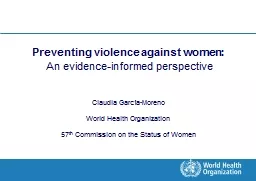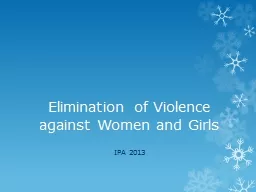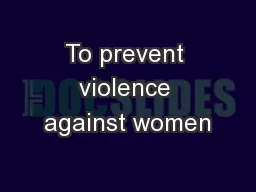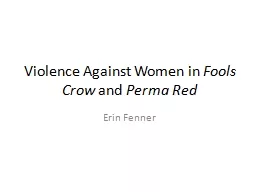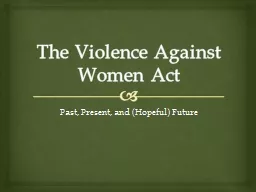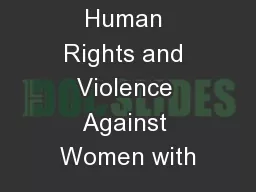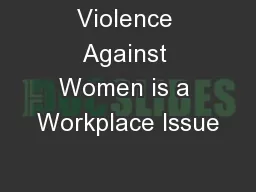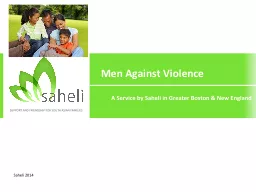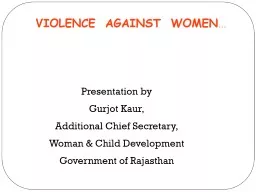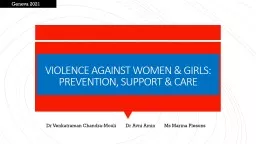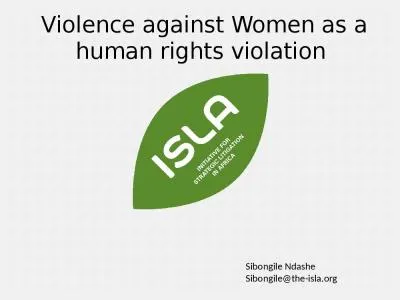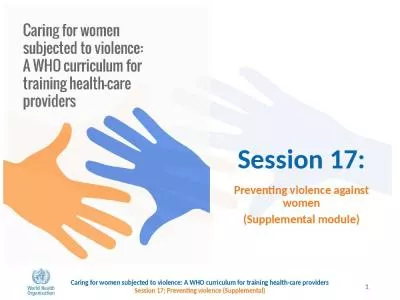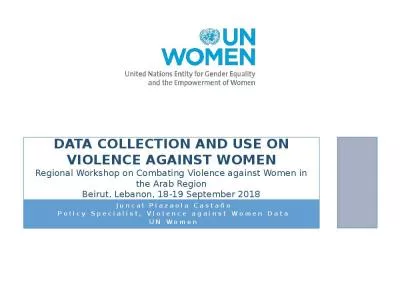PPT-Preventing violence against women:
Author : faustina-dinatale | Published Date : 2016-09-01
An evidenceinformed perspective Claudia GarcíaMoreno World Health Organization 57 th Commission on the Status of Women What do we know More data than ever before
Presentation Embed Code
Download Presentation
Download Presentation The PPT/PDF document "Preventing violence against women:" is the property of its rightful owner. Permission is granted to download and print the materials on this website for personal, non-commercial use only, and to display it on your personal computer provided you do not modify the materials and that you retain all copyright notices contained in the materials. By downloading content from our website, you accept the terms of this agreement.
Preventing violence against women:: Transcript
Download Rules Of Document
"Preventing violence against women:"The content belongs to its owner. You may download and print it for personal use, without modification, and keep all copyright notices. By downloading, you agree to these terms.
Related Documents

